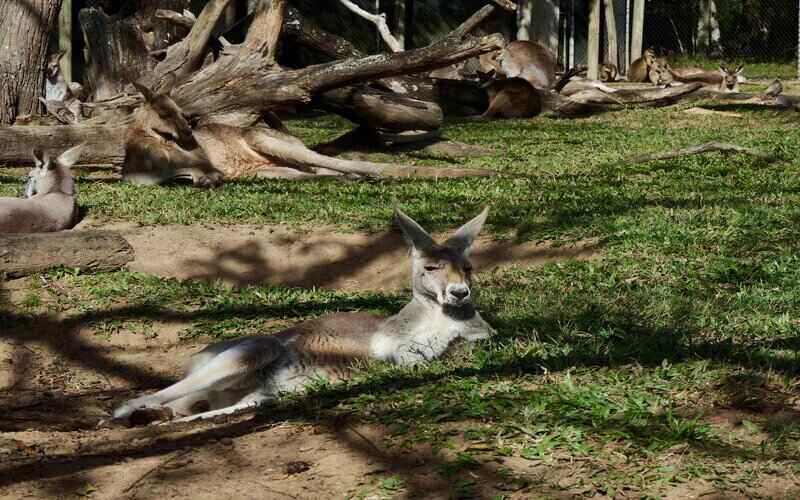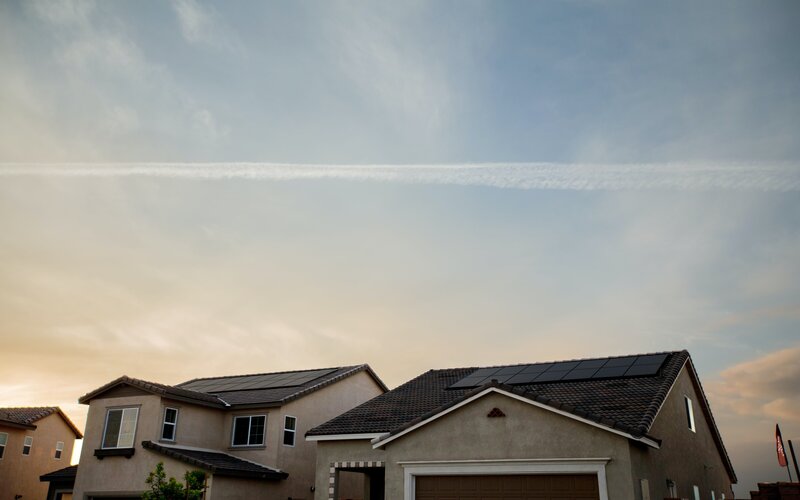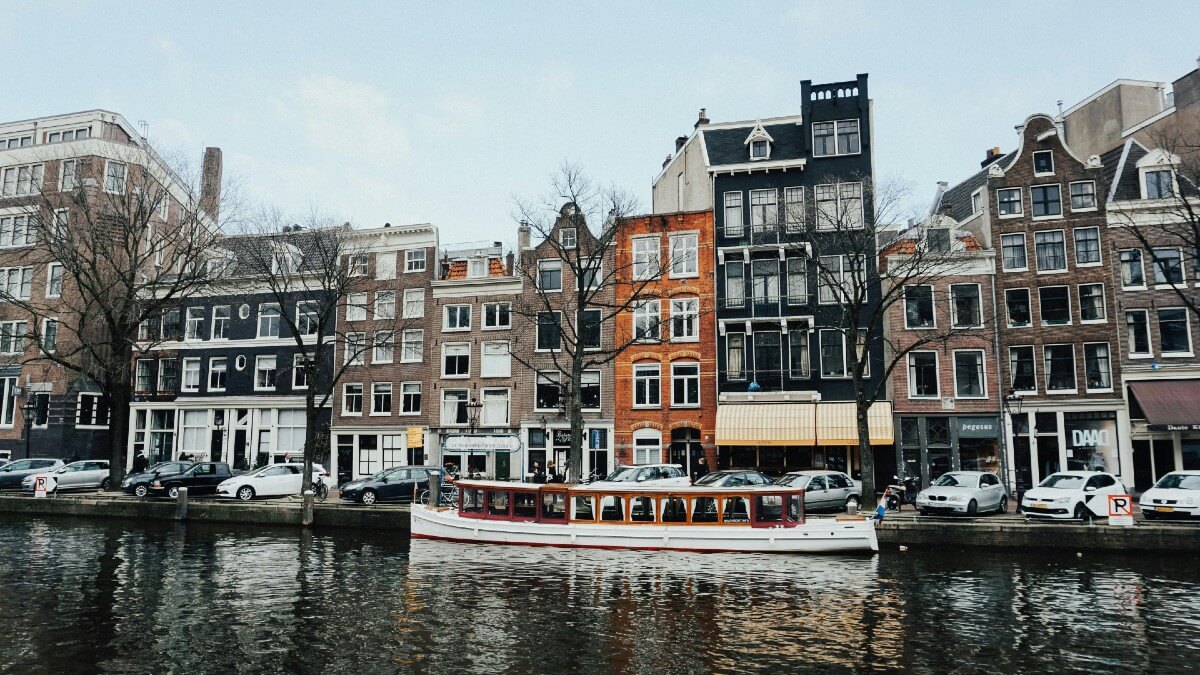Wages grew 0.6% over the September quarter, and the annualised rate now represents a more 'normal' pre-pandemic pattern according to the ABS.
ABS' head of price statistics Michelle Marquardt explained the reasons for the results.
"Wage and salary reviews around the end of the financial year, scheduled enterprise agreements and annual award rises all contributed to growth. Pockets of wage pressure continued to build for skilled construction-related, technical and business services roles, leading to larger ad hoc rises as businesses looked to retain experienced staff and attract new staff," Ms Marquardt said.
Inflation over the same period edged upwards to an annualised rate of 3.0%, implying a real wages slump of 0.8%.
The private sector led the annualised wage rise, up 2.4% - ahead of the public sector (+1.7%) given many jobs in the public arena still face wage freezes.
That said, this was the first public sector annual wage increase since the 2020 March quarter.
By sector, quarterly wage growth was led by the professional, scientific and technical services industry - up 1.3%.
By state, ACT led the quarterly growth up 1.0%, and annually, it was Tasmania - up 2.7%.
There has been much discussion about lack of immigration and its effect on wages, however Indeed APAC economist Callam Pickering said this isn't necessarily filtering through to the data.
"Anecdotally, a lot of businesses are citing difficulties finding suitable staff for some roles. However, while that might be the case it hasn’t yet translated into meaningfully higher wages, with perhaps the exception of professional services," Mr Pickering said.
"Wage growth for most industries remains below its decade average, so we haven’t seen a widespread increase in wage pressures despite the increasing tightness of the Australian labour market."
[However] with the unemployment rate set to fall further, potentially into the low 4% region, we anticipate that wage gains will pick-up further over the next year.
"Higher wage growth is always welcomed by policymakers but it remains well below the 3% threshold which is widely viewed as necessary to generate sustainable inflation within the RBA's 2-3% target.
"We haven’t come close to hitting that 3% target in eight years."
ANZ economist Catherine Birch said Australia lags behind other nations when it comes to economic bouncebacks.
"It’s still too early to see wage prints in Australia as strong as those in New Zealand, let alone the US," Ms Birch said.
"Overall, businesses aren’t yet responding to labour constraints by lifting wages faster than pre-pandemic rates.
"A Melbourne Institute survey shows Australian households continue to report weak actual wages growth and we haven’t yet seen a ‘Great Resignation’ here to put upward pressure on wages.
"We still think next year is when wages growth will really accelerate.
The uncomfortable wage talk
The ABS also now reports on the frequency of wage increases for jobs pre-covid compared to now.
It found over the past decade the index would see 35 to 40% of jobs record a wage rise in the September quarter.
Since covid, it has been much lower - in the September quarter 2020, the figure was around 20% attributed to a postponement of wage discussions, and wage freezes.
September 2021, according to the ABS, marks a return to the pre-covid range.
Westpac economist Justin Smirk said the talk about wage negotiation was overblown.
"There has been a lot of press lately of bonus being paid to entice experienced workers by various employers," Mr Smirk said.
"It appears that the use of bonus are, at this stage, not as widespread as reported.
"While wages have indeed lifted in industries where labour shortages are more pronounced, we are yet to see broader wage gains.
"What will be critical is how higher wage outcomes in these sectors, via individual bargaining arrangements, spread to the minimum wage and enterprise bargaining."
Photo by PratikXOX on Pexels

.jpg)

 Denise Raward
Denise Raward
 Harry O'Sullivan
Harry O'Sullivan

 Aaron Bell
Aaron Bell


